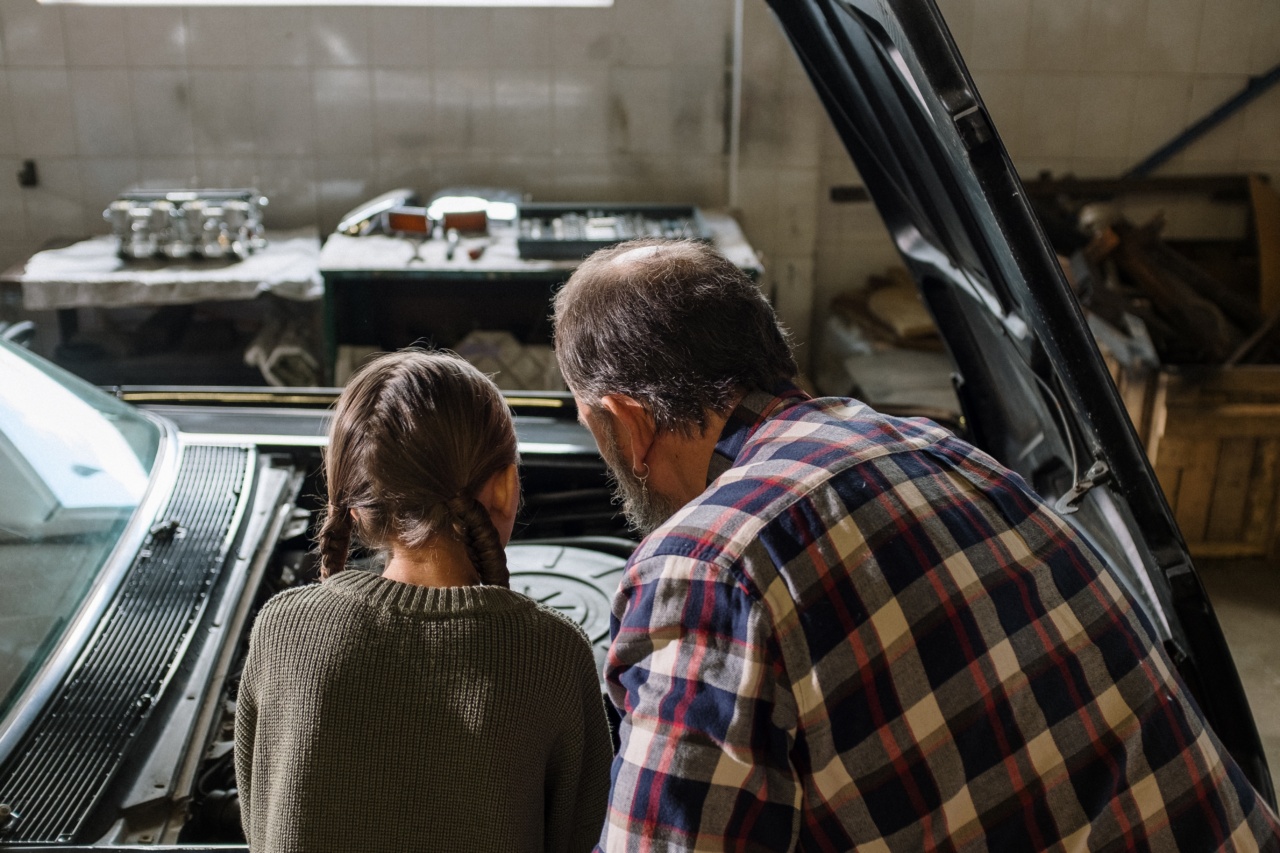Peanut allergies are among the most common food allergies in children, and they can cause severe reactions that range from mild symptoms like hives to life-threatening anaphylaxis.
As a parent, it’s important to take the necessary precautions to protect your child from peanut allergies and ensure their safety. This article provides essential information, tips, and strategies to prevent peanut allergies and manage them effectively.
Understanding Peanut Allergies
Before we dive into prevention and management strategies, let’s first understand what peanut allergies are and how they affect children. Peanut allergies occur when the immune system mistakenly identifies peanut proteins as harmful substances.
In response, it releases chemicals like histamine, leading to various allergic reactions.
Common symptoms of peanut allergies include:.
- Itchy or swollen lips, tongue, or throat
- Hives or rashes
- Nasal congestion or runny nose
- Sneezing or coughing
- Shortness of breath or wheezing
- Stomach discomfort, nausea, or vomiting
- Tightness in the chest
- Dizziness or lightheadedness
- Anaphylaxis (a severe, life-threatening reaction characterized by difficulty breathing, drop in blood pressure, and loss of consciousness)
Prevention Strategies
1. Introduce Peanuts Early in Life
Contrary to previous beliefs, recent studies have shown that introducing peanuts to babies as early as 4-6 months of age can actually help prevent peanut allergies.
Research indicates that early exposure to peanuts can help build tolerance and reduce the risk of developing allergies later in life. However, it’s essential to consult with your pediatrician before introducing peanuts to your child’s diet.
2. Breastfeeding
Studies have found that exclusive breastfeeding in the first four to six months can help reduce the risk of peanut allergies.
Breast milk contains essential nutrients and antibodies that support the development of a strong immune system, reducing the chances of allergies. If breastfeeding is not possible, speak to your pediatrician about suitable alternatives and supplements.
3. Avoiding Direct Peanut Exposure
Avoid exposing your child to peanut products during pregnancy, particularly if there is a family history of peanut allergies.
Additionally, nursing mothers should avoid consuming peanuts while breastfeeding, as peanut proteins can pass through breast milk and increase the risk of allergic reactions in sensitive children.
4. Read Food Labels Carefully
When buying food products, carefully read labels for any potential peanut ingredients or cross-contamination risks. Manufacturers are required to list common allergens like peanuts on their labels to help consumers make informed choices.
Be aware of hidden sources of peanuts, such as certain sauces, cookies, or candies.
5. Educate Your Child
Teach your child about their peanut allergy and the importance of avoiding peanuts. It’s crucial to explain the potential risks and symptoms in an age-appropriate manner.
Encourage them to ask questions and inform trusted adults if they encounter peanuts or peanut-based products.
Managing Peanut Allergies
1. Consult with an Allergist
If your child is diagnosed with a peanut allergy, consult with an allergist to determine the severity of the allergy and develop an appropriate management plan.
An allergist can conduct tests, provide information on potential triggers, and guide you in creating an action plan for emergencies.
2. Create a Safe Environment
Make sure your home is a safe and peanut-free environment by removing any peanut-based products or ingredients.
Inform family members, friends, and other caregivers about your child’s peanut allergy to ensure they are vigilant in preventing accidental exposures. If your child attends school or daycare, work closely with the staff to implement necessary precautions.
3. Carry Medications
Always keep emergency medications, such as epinephrine auto-injectors, prescribed by your allergist with you. Educate yourself and others on how to use them effectively in case of an allergic reaction.
It’s crucial to have the medication readily available at all times, especially when traveling or participating in outdoor activities.
4. Avoid Cross-Contamination
Cross-contamination is a significant concern for individuals with peanut allergies. Ensure that surfaces, utensils, and cooking equipment are thoroughly cleaned before preparing allergy-safe meals.
Avoid sharing food containers, plates, or cutlery that has come into contact with peanuts to prevent accidental ingestion.
5. Nut-Free Zone
If your child attends a school or daycare, work together with the administration and teachers to create designated nut-free zones.
These areas provide an extra layer of protection and prevent accidental exposures through contact or airborne traces of peanuts.
Conclusion
Protecting your child from peanut allergies requires a combination of preventive measures and effective management strategies.
By introducing peanuts early in life, breastfeeding, avoiding direct exposure, reading food labels carefully, and educating your child, you can reduce the risk of peanut allergies. In the case of an allergy diagnosis, consult with an allergist, create a safe environment, carry necessary medications, and take steps to prevent cross-contamination.
By being proactive and well-informed, you can safeguard your child’s health and help them live a safe and fulfilling life even with a peanut allergy.






























